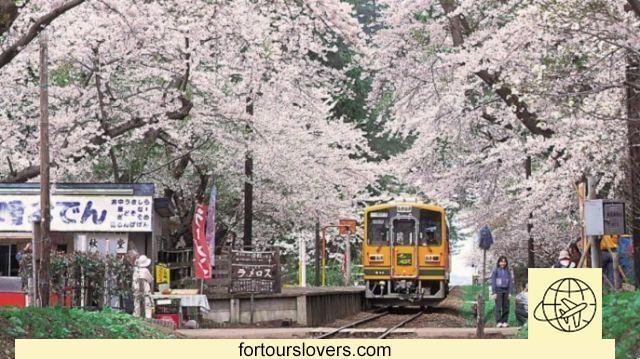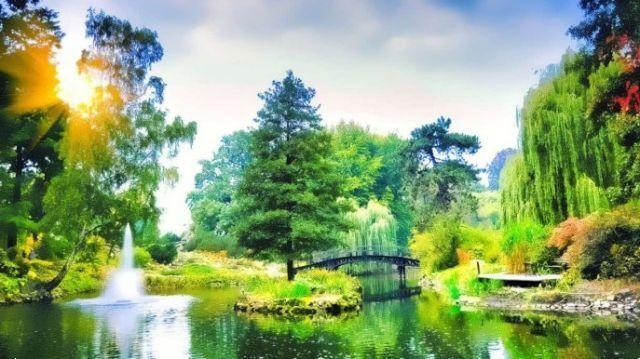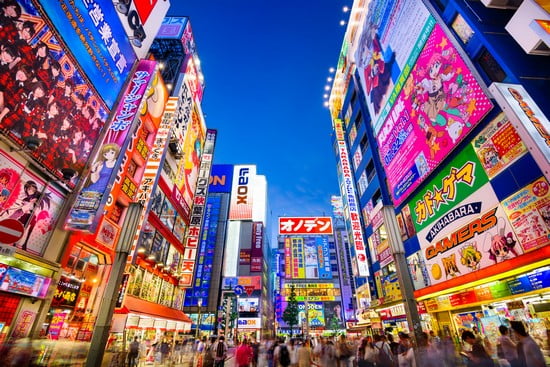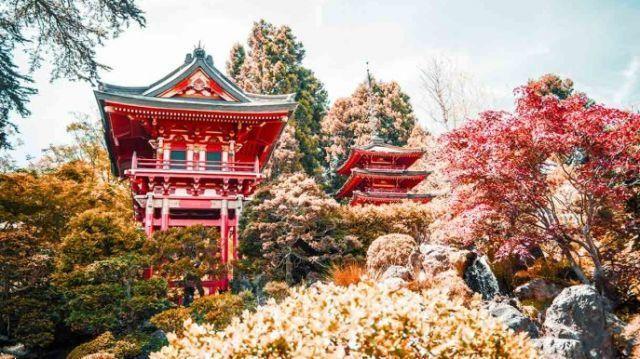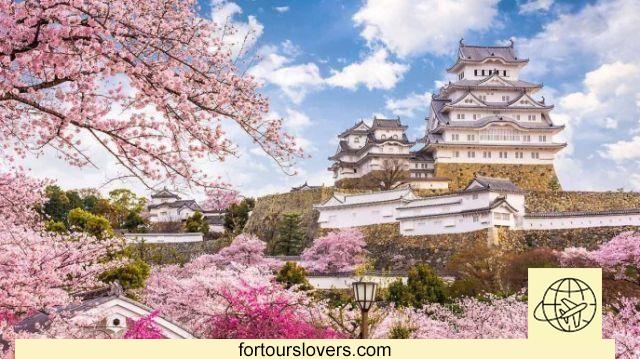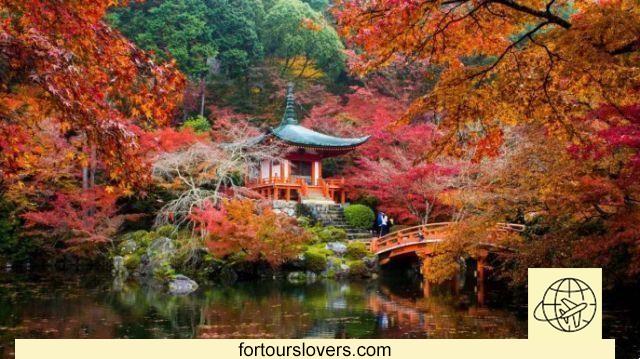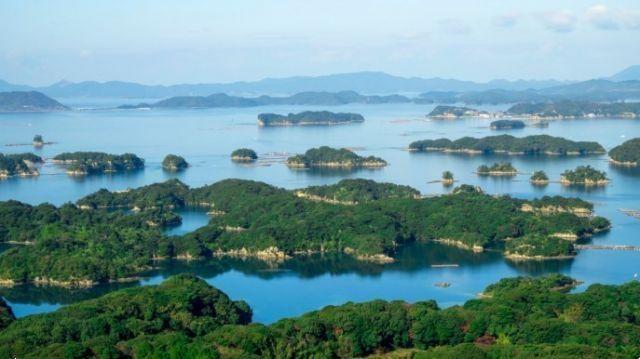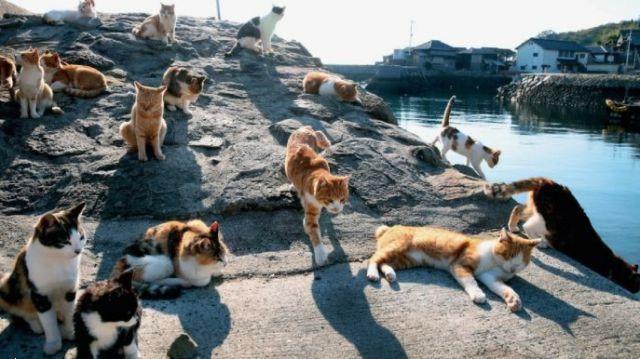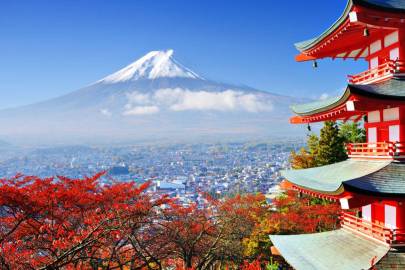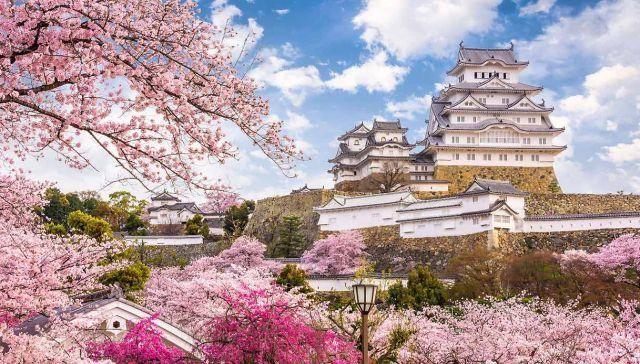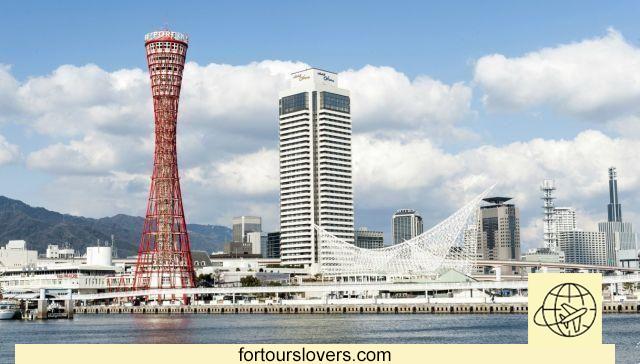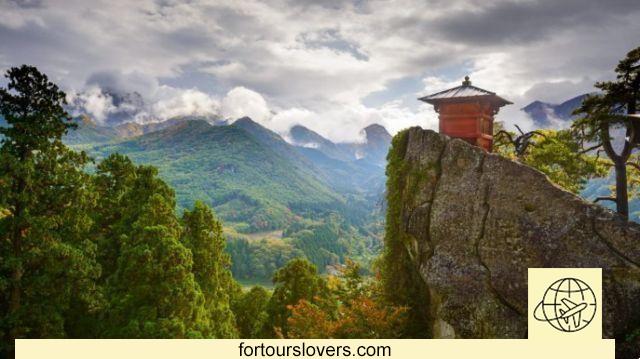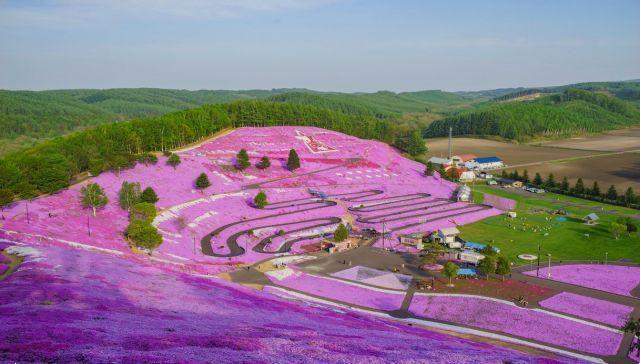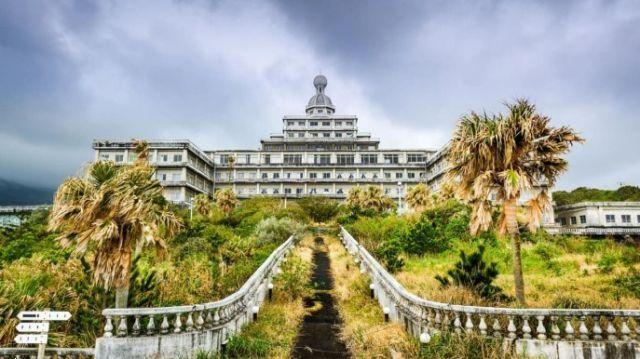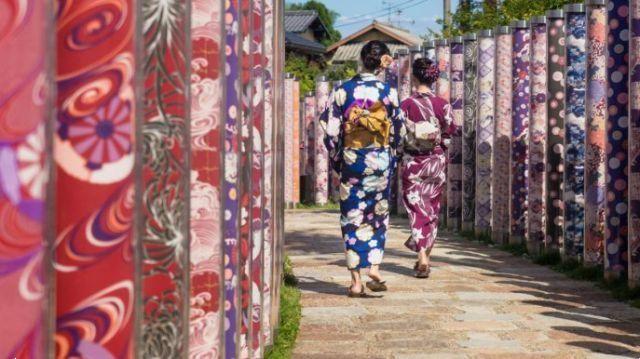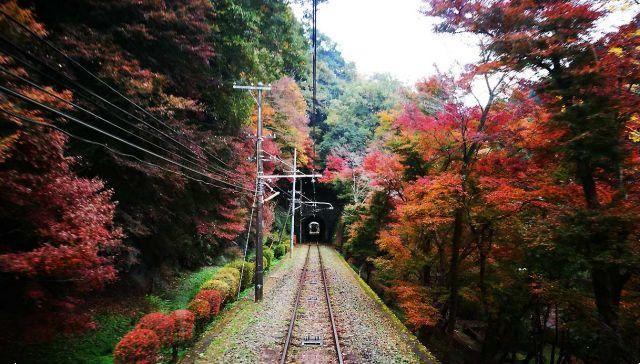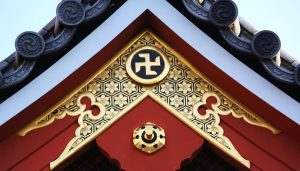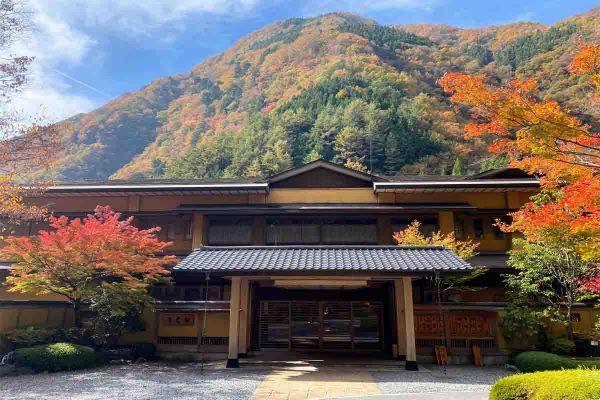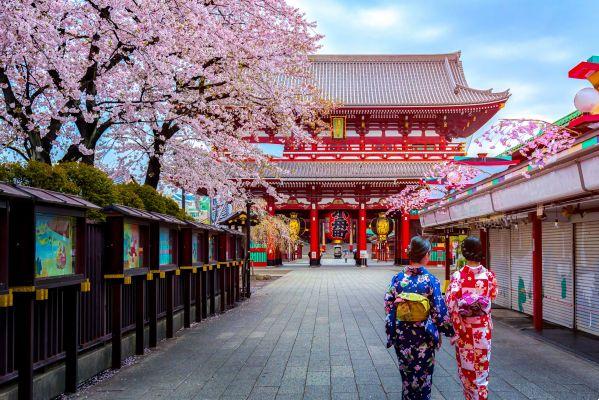
If you are passionate about Japan and are thinking about organizing a trip to the Land of the Rising Sun, here are the essential steps to live an unforgettable experience
In recent years, the East and particularly the Japan They are often chosen as unforgettable travel destinations. Due to the remoteness of this country, it is necessary to plan your stay well in advance, leaving nothing to chance. For Italian citizens and for most European citizens, if you decide to stay there for tourist reasons for less than 90 days, then the visa it will not be necessary. Obviously you will need to have a valid passport. Due to its position, Japan is subject to large temperature swings throughout the year, so the mildest periods are spring and autumn, while summer and winter are characterized by scorching, harsh temperatures. In addition, we must remember the foreign currency, specifically the yen, which is worth 0,0087 euros. Finally, although the Japanese health system is quite efficient, it is still expensive for tourists, so it is advisable to take out insurance for the duration of the trip to avoid encountering unpleasant experiences.
Among the symbols of Japan is undoubtedly Mount Fuji, which is actually an active volcano that exceeds 3700 meters high. It is the highest mountain in the country and is a UNESCO World Heritage Site. In fact, it has great spiritual value for Shintoists, whom they access on pilgrimage. It is surrounded by five lakes, included in the territory of the Fuji-Hakone-Izu National Park, in the western part of Tokyo. Other places of naturalistic interest in the area include Aokigahara, Atami Hot Springs, Mount Amagi and some islands such as Izu Ōshima, Toshima, Niijima and Mikurajima. An unforgettable experience will be the view of the cherry blossoms during the month of April, with the snow-capped Mount Fuji in the background.
Be close to the capital, a visit to Tokyo is mandatory. It is a metropolis and ranks second only to Beijing in terms of size. It is so densely populated that 12% of Japanese people live there. Here are the country's institutions and the residence of the Emperor of Japan. Among the most emblematic places of Japanese culture is the Meiji Shrine, of Shinto worship, in the area near Harajuku station. In addition to the current structure, there are two gardens and the entire complex is dedicated to Emperors Mutsuhito and Shoken. In the largest garden there are sports facilities, some of the most important in all of Japan. As far as Buddhist worship is concerned, the Sensō-ji temple is the oldest in the city, in the Asakusa area.
It is located about 140 kilometers north of Tokyo. Nikko, so important from a historical and naturalistic point of view that it is considered a World Heritage Site. Among the attractions not to be missed are the mausoleum of Tokugawa Ieyasu, built in the early 35th century, as well as the Futarasan shrine of Shinto worship. In the first were the so-called three wise monkeys, currently in the Tōshō-gū sanctuary. Its message is "see no evil, hear no evil, speak no evil", a visual summary of Eastern, but especially Japanese, culture and philosophy. Also in Nikko, the Botanical Garden, the Avenue of the Cedars, which holds the world record for the longest tree-lined avenue in the world at 97 kilometers, and Lake Chūzenji, in the park of the same name, are worth a visit. Thanks to its water, the Kegon Falls, 12 meters high and made up of XNUMX smaller waterfalls, have been created over the centuries.
Another city worth visiting is Kyoto, the former capital of the country. Considered a World Heritage Site by UNESCO, it offers one of the most important cultural testimonies in Japan. Places to remember include Kinkaku-ji and Kiyomizu-dera. The first is also known as the Temple of the Golden Pavilion and is the Rokuon-ji shrine, which dates back to the 5th century. Kiyomizu-dera is a Buddhist temple complex built in the 55th century. Having been the capital before Tokyo, an imperial palace is also located here, currently open to the public. Curious is the To-ji temple with its XNUMX-story pagoda, which reaches XNUMX meters and thus becomes the tallest temple in Japan.
One of the most significant moments of the 20th century, but above all in the history of humanity, was undoubtedly the dropping of the atomic bomb on Hiroshima and Nagasaki. Beyond historical, economic and environmental considerations, in both cities there are mausoleums to remember that moment that changed the world forever. In Hiroshima, in particular, the Gembaku Dome, the only building left standing after the explosion of the atomic bomb, is still visible and open to visitors. For this reason it is considered a World Heritage Site by UNESCO. The Peace Park was built around this ruin, where the Museum is also located, which collects evidence of life before the explosion, as well as photographs, furniture and reconstructions of the devastating effects of this lethal weapon.





